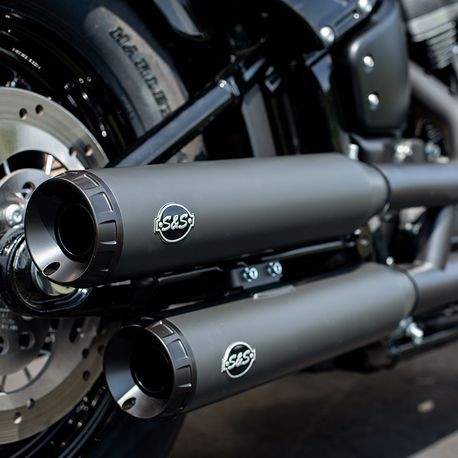Motorcycle Vibrations Can Damage iPhone cameras as per Apple
by Kim Lyons from https://www.theverge.com by Edward Moyer from https://www.cnet.com From Apple: https://support.apple.com/en-us/HT212803 Motorcycle vibrations can degrade iPhone camera performance, Apple says High amplitude vibrations can cause problems for the cameras’ gyroscopes A new post on Apple’s Support forum https://support.apple.com/en-us/HT212803 says exposing iPhones to high-amplitude vibrations, “specifically those generated by high-power motorcycle engines” could degrade the devices’ camera system. The company recommends against mounting an iPhone on a motorcycle, as the vibrations may be transmitted via the bike’s handlebars and chassis. Here’s the technical explanation from Apple: If you accidentally move a camera when you take a picture, the resulting image can be blurry. To prevent this, some iPhone models have optical image stabilization (OIS).1 OIS lets you take sharp photos even if you accidentally move the camera. With OIS, a gyroscope senses that the camera moved. To reduce image motion, and the resulting blur, the lens moves according to the angle of the gyroscope. Additionally, some iPhone models have closed-loop autofocus (AF).2 Closed-loop AF resists the effects of gravity and vibration to preserve sharp focus in stills, videos, and panoramas. With closed-loop AF, on-board magnetic sensors measure gravity and vibration effects and determine the lens position so that the compensating motion can be set accurately. The OIS and closed-loop AF systems in iPhone are designed for durability. However, as is the case with many consumer electronics that include systems like OIS, long-term direct exposure to high-amplitude vibrations within certain frequency ranges may degrade the performance of these systems and lead to reduced image quality for photos and videos. It is recommended to avoid exposing your iPhone to extended high-amplitude vibrations. The iPhone 6s, iPhone 6s Plus, and all iPhones since the iPhone 7 have both optical image stabilization and closed-loop autofocus (as noted by MacRumors, the first outlet to […]
Motorcycle Vibrations Can Damage iPhone cameras as per Apple Read More »



